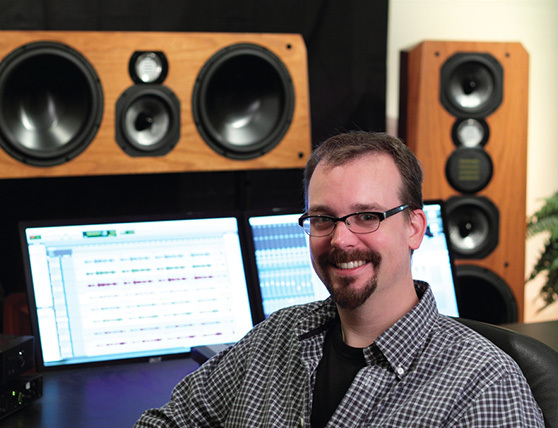
About Dan Shores
3 time GRAMMY® Nominee Daniel Shores started his professional career with Sono Luminus, first as an assistant engineer, then engineer, then head of the Sono Luminus record label. Now with changes in company structure Daniel is back to doing what he loves best exclusively – engineering. Daniel’s focus for years has been his love of sound and aim to create the most pristine recordings of music possible giving the end listener the most engaging interaction with the music.
While engineering over 150 commercially available records for Sono Luminus, Steinway and Sons, Naxos, Delos, and numerous other labels, Daniel has always had a love for and focus on surround sound, and has for years created recordings in 5.1, 7.1, 9.1 and now 11.1 for commercial release, giving the home consumer the opportunity to experience new and unique listening experiences.
When not in the studio, Daniel is an adjunct professor at Shenandoah University where he teaches remote recording, surround sound, and basic mastering techniques classes in the school’s music recording and production technology department. Daniel is also a musician himself starting life as a classical / jazz pianist and percussionist, then moving to jazz and rock bass, guitar, mandolin and various other odds and ends.
